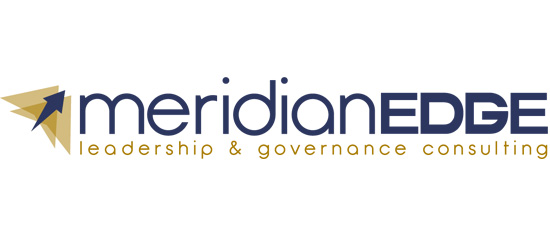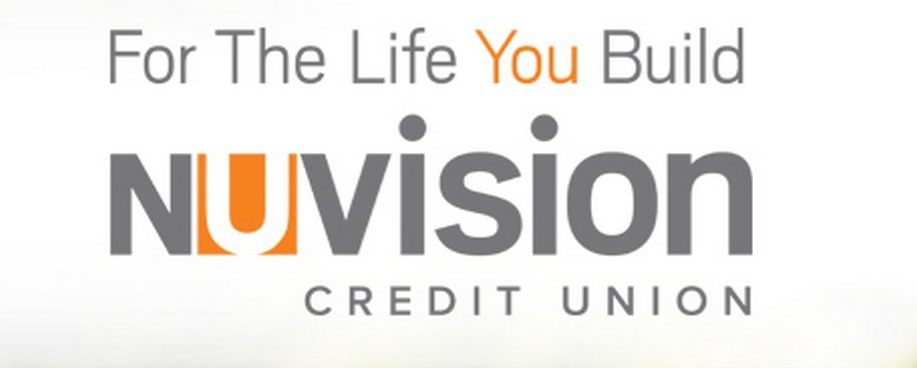How Do You Know What You Don’t Know?
Jeffery Schau, Consultant, The Governance Coach™
One day I was using a hand saw to cut a piece of wood. I knew enough to keep my hands in a safe position and brace the piece of wood. I also knew there are tough spots in wood, called knots, that can catch the blade, causing it to stick. Armed with  this knowledge I thought I could safely proceed. Unfortunately, there was something I didn’t know - just how much a saw blade can bend. As I was sawing away, I hit a good stride with nice long strokes. Then it happened. As I went to push the blade forwards after a long back stroke, the blade got stuck and all that forward force had to go somewhere. Sure enough, the blade bent in an arc just wide enough to reach where my knee was positioned. And now, I have a scar where that saw blade took a chunk out of me.
this knowledge I thought I could safely proceed. Unfortunately, there was something I didn’t know - just how much a saw blade can bend. As I was sawing away, I hit a good stride with nice long strokes. Then it happened. As I went to push the blade forwards after a long back stroke, the blade got stuck and all that forward force had to go somewhere. Sure enough, the blade bent in an arc just wide enough to reach where my knee was positioned. And now, I have a scar where that saw blade took a chunk out of me.
My past is full of stories that demonstrate how what we don’t know can hurt us. Anyone who has done a reasonable amount of woodworking knows that tools can be dangerous, especially saws not meant to cut through our frail bodies. But knowing this is not enough to keep us safe. So how do you avoid ‘blind spots,’ or how do you know what you don’t know?
Wise leaders and boards that govern with excellence tackle this by engaging in a continuous cycle of learning. This helps them identify potential blind spots, and pave a path forward to address them. How do they do this? It’s through a combination of self-guided study and bringing in outside perspectives provided by mentors, consultants, or coaches. Although I will be speaking from the perspective of a board, these options apply to any leader or individual regardless of your setting. Here are three opportunities to move forward.
Self-Guided Study
If you want to find out what you don’t know, you need to intentionally explore, to expose yourself to ideas and information beyond your past experiences. This reveals new realms of possibility, of how things could be better, as well as possible risks and things to avoid. Choose resources relevant to your current situation and context. This may be books or articles on board governance, communication, or resources related to the field your organization is in. Whatever it is, the goal is to broaden your horizons, starting with a breadth of information that can guide future exploration into topics of greater significance.
Note that I called it “self-guided” not “independent” exploration. This was very intentional, as many of us do our best learning when we include human interaction. If you like studying on your own, go for it. For those who prefer a more social learning environment, pair up with a couple of other board members, or perhaps even as an entire board and work your way through various resources. Either way, take the time to talk about what you are reading and learning, as it allows you to tap into varying perspectives, enhancing the learning potential.
Self-guided study is effective and cost efficient. It is flexible enough to account for your own pace and availability. And it serves as a great start for continual learning. Unfortunately, this approach alone is not enough to conquer all our blind spots. Even with the more interactive approach, there are still limits to the depth of understanding achievable through self-guided exploration. Thankfully, there is another option, embracing the help of an expert.
Call an Expert
Consider this: if you want to sell your house there is nothing stopping you from doing the research on how to sell your home for the best value. But that would be a lot of work that many of us would not enjoy or have the time for, with potential risks. The alternative? You call a real estate agent with the expertise to guide you. Quick, simple, and ultimately more cost-effective because you avoid risks of which you are unaware, and hiring an expert almost always results in a better selling price.
Similarly, a wise board will apply this approach to enhance its capacity to govern in areas limited by its current level of knowledge. The board may participate in conferences or webinars, such as those offered by Govern for Impact, which feature experts on specific topics. It may bring in an expert to learn in more depth about asset protection or staff treatment and mine insights to guide policy writing. Alternatively, it could be an expert to help guide the board with owner engagement. Or a futures expert can help the board imagine alternative future opportunities and challenges that will influence potential adjustments to the direction of the organization.
The benefits of bringing in an expert are many. Experts have deep knowledge in a specific subject area which can save the board a significant amount of time and research. Sometimes these people will volunteer their time to the board, but even if you have to compensate them, it can be well worth the time you save. The key here is to learn and then apply the information appropriately to your organization.
Find a Coach
The third method of discovering what you don’t know is to bring in a coach or consultant. Although these are technically very different roles, many use the words interchangeably; many coaches also consult and many consultants also coach and educate. I will keep it simple and just use the word coach for our purposes here, but recognize it is not meant to exclude the other roles. While many coaches are also experts, coaching goes beyond simply imparting accurate information.
Hiring a coach takes learning to a new level and is the most interactive of the three options, with the greatest potential for both learning and application. Coaches challenge us to push past stubborn blind spots in our thinking or behaviors. They have a way of moving knowledge out of the conceptual realm and into the practical, making it directly relevant to our situation. Of all the options, this can be the most powerful method, not only of exposing blind spots but also of helping create a sustainable way forward. Although at first glance this may also be the most expensive option, it has the potential to be the most cost-effective when you factor in the savings in time, bad decisions, and other consequences that come from not knowing what you don’t know.
Putting it Together
Here’s an example that puts all these options into perspective. Consider a board that wants to improve its ability to govern. The members start off reading some books, some independently, and some as a group. In doing so, they stumble across this wonderful thing called Policy Governance®. As the board explores it further, it realizes this system has potential and decides to take its understanding to a deeper level. So, the board calls in someone who is familiar with Policy Governance from his use of it while serving on boards for the past 20 years. On hearing anecdotal evidence of the board’s success after implementing this way of governing, the board decides Policy Governance is the right next step, so the board members dive in. But, like many new endeavors, it does not go exactly as planned. There are still blind spots that are hindering the board’s success.
To figure out why it is struggling and to move forward, the board realizes it needs deeper expertise and guidance. Thus, the board decides to step it up and bring in a coach who specializes in Policy Governance – a coach who is also an expert. In other words, someone with the Governance Systems Professional (GSP) designation acquired through advanced training either at the Policy Governance® AcademySM with John and/or Miriam Carver, or the Govern for Impact Policy Governance® Proficiency program. Furthermore, as with all professions, they have continued with ongoing professional development in Policy Governance.
The coach takes the time to understand where the board is at, what its goals are, and helps the board pave a path forward. Through working together, the board is able to identify the unknowns that were hindering its implementation of Policy Governance and is now on the right path. In fact, given that board member turnover happens quite regularly, the board discovers that retaining a coach – as any good team does – provides a long-term benefit.
So, there you have it. Three options available to help you identify what you don’t know, each with its own set of benefits and challenges. Which combination will be right for you will depend on your learning style and current situation. But whichever you decide, be sure to keep yourself on a continual cycle of learning. The benefits far outweigh the risks.



